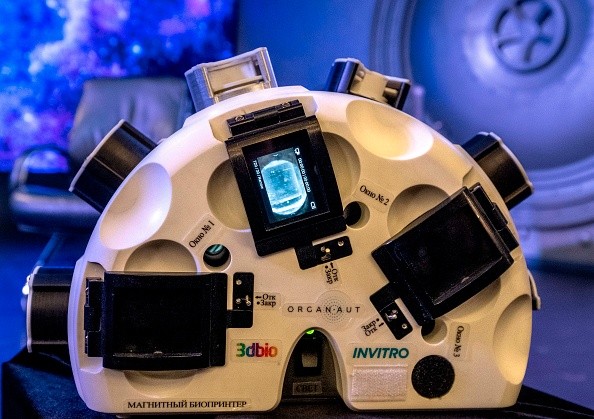3D bioprinting technology has managed to accomplish something that's never been done before: depict an actual, active tumor in its entirety.

A team of researchers from Tel Aviv University in Israel used 3D bioprinting tech to depict the glioblastoma tumor, complete with its complex blood vessel-like tubes through which blood cells and drugs can go through, reports MedicalXpress.com. This is more or less the most accurate simulation of a real tumor so far.
Led by Prof. Ronit Satchi-Fainaro, the study used technology developed by Ph.D. Lena Neufeld and other members of Prof. Satchi-Fainaro's lab. They used real tumor samples from actual patients to make sure that the 3D bioprinting project produced accurate results.
According to Prof. Satchi Fainaro, the 3D bioprinting project's main goal is to help with the rapid and reproducible prediction of suitable treatments for specific patients. Compared to the 2D samples they previously used, the 3D bioprinting results are far better at helping scientists anticipate the effectiveness of treatments.
With 3D bioprinting technology, dealing with cancer tumors such as the one they 3D-printed will be easier because it will enable the development of new drugs at a much faster rate than ever.
3D Bioprinting's Potential in the Medical Research Field
For years, scientists have been trying to figure out how to develop treatments that are perfectly designed for individual patients effectively. Modern medicine largely employs a one-size-fits-all approach, which is obviously not as effective as it should be. With the 3D bioprinting tech that Prof. Satchi-Fainaro's team has, then maybe this could be a thing of the past very soon.
3D bioprinting is one of the most-anticipated innovations in the field of healthcare, and rightfully so. With its ability to fabricate biological tissue, among its greatest benefits include the potential eradication of transplant waiting lists, as well as clinical tests of drugs on living tissues, writes MedicalFuturist. But of course, that's not all.
Around 4 years ago in Spain, a team of scientists used 3D bioprinting tech to create "functional" human skin. While this sounds like it came straight from a science fiction novel, it really isn't. The 3D-printed human skin has an external layer of protection that resembles the epidermis, a thicker layer underneath which serves as the dermis, and lastly, a layer of fibrolast cells that produce collagen. Collagen is responsible for providing the protein that makes the skin elastic and durable.
With this synthetic skin, burn victims will be able to receive skin grafts without having skin pieces taken from elsewhere in their bodies.
Another case of 3D bioprinting "magic" involves food. A company based in Israel claimed to have developed a 3D-printed steak using live animal cells, which they say could be a perfect substitute for current vegan meat options. The Food and Drug Administration (FDA) is currently reviewing it, with mass production and public release perhaps just a few years away.
Related: Could This 3D-Printed Patch Heal A Damaged Heart?
This article is owned by Tech Times
Written by RJ Pierce













